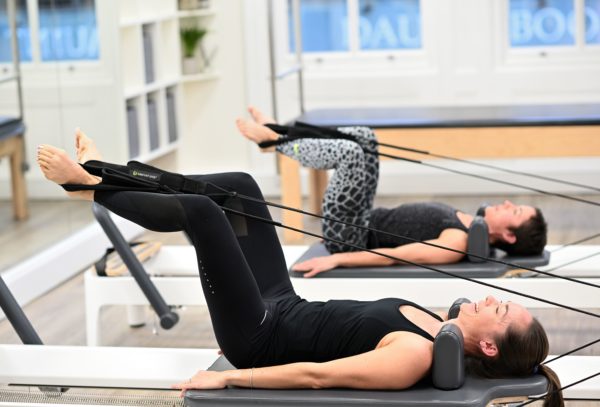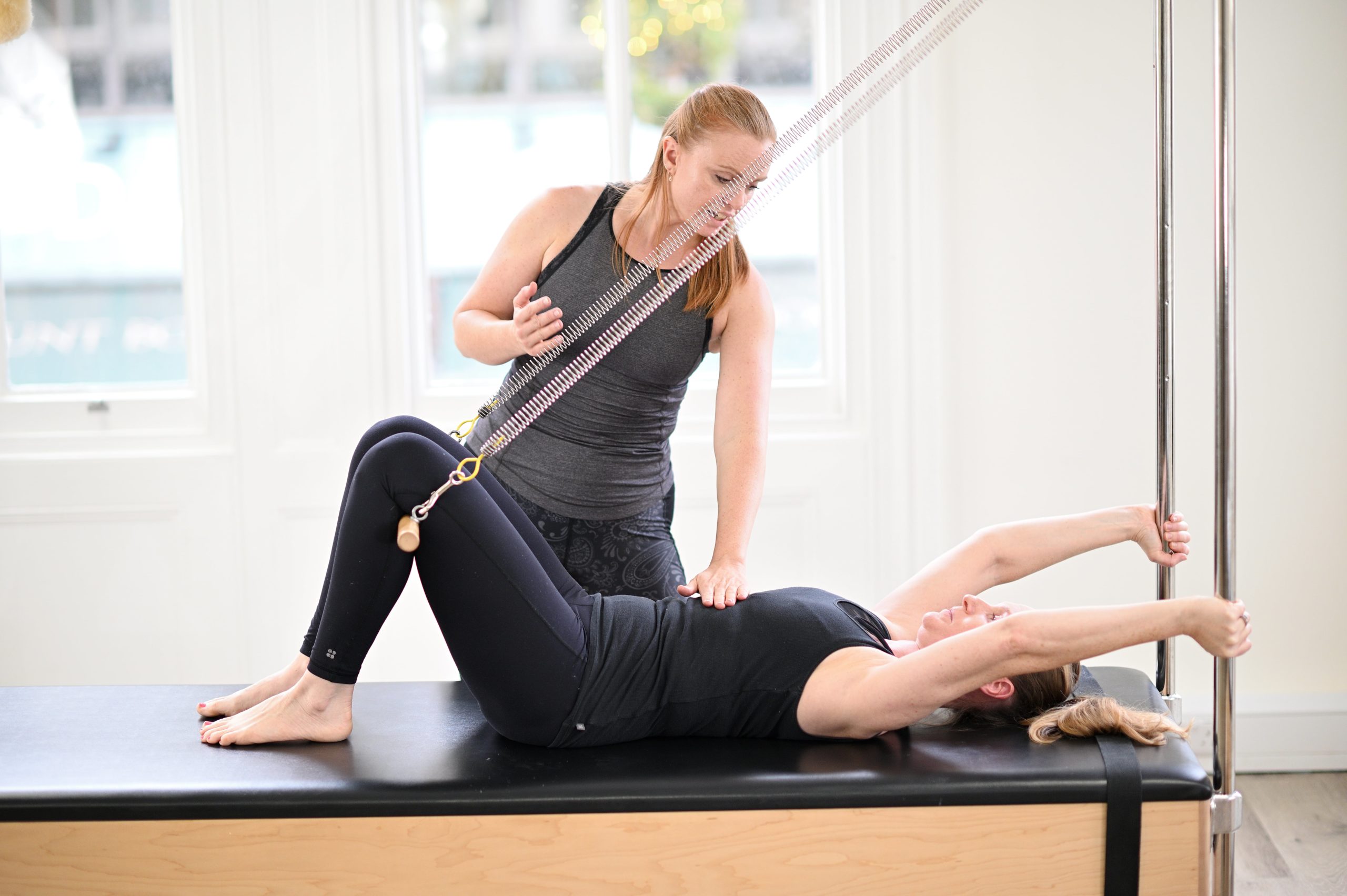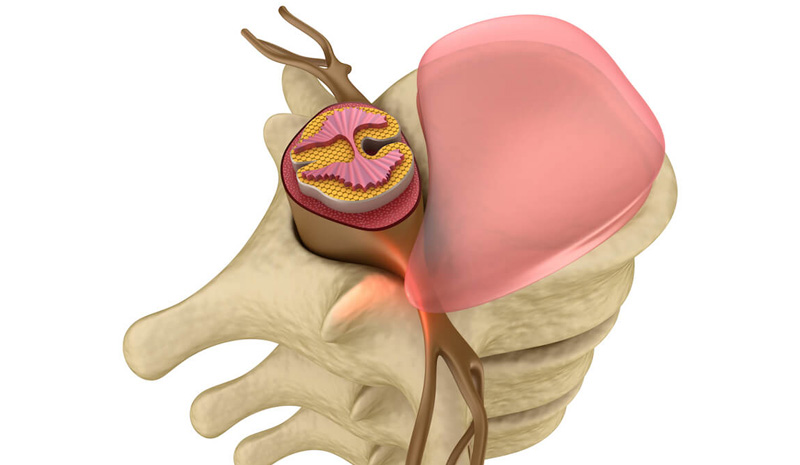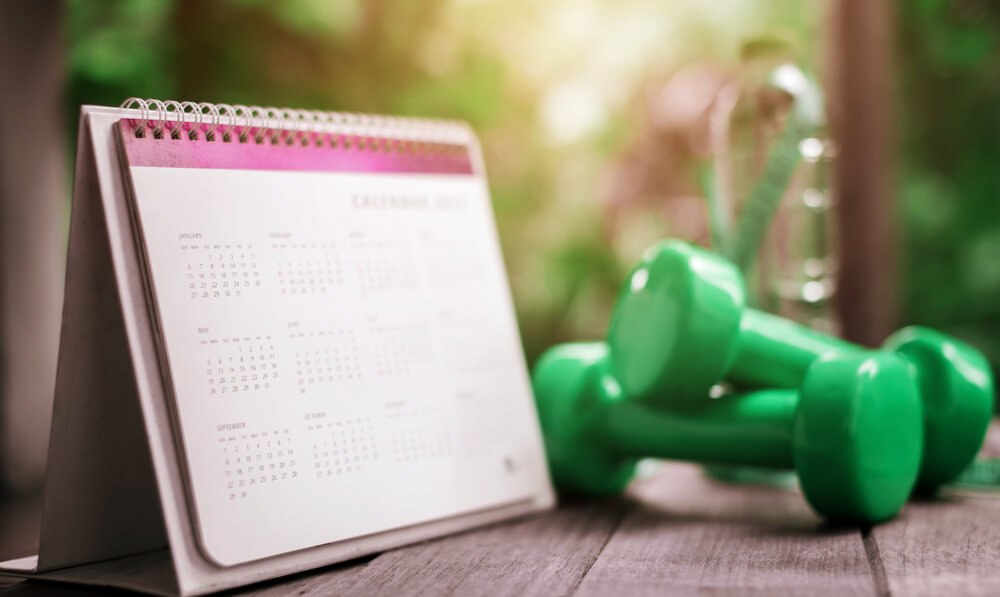Injury recovery through Pilates: Pilates is famous for toning abs and creating strong, lean muscles. Elite sports men and women also swear by its ability to improve sports performance.
But few people know that Pilates has another important application -injury rehabilitation.
It’s an effective use of the method. Evidence shows that certain types of Pilates (Clinical Pilates) can help with everything from back pain to recovery after a stroke. The reasons why Pilates is effective for injury recovery are hardly surprising, however, when you consider the origins of this method. After all, Joseph Pilates did develop the method while captive in a WW1 internment camp to help sick inmates return to health.
Almost a century after its invention, health professionals (including surgeons) are starting to recognise the advantages of Pilates. For them, it’s now an important part of the recovery process for their patients. But you needn’t be suffering from a serious injury to use this method. Even if it’s “only a niggle”, regular sessions of Pilates still offer huge benefits.
Read on and discover why Clinical Pilates for injury recovery is so effective, and how exactly it can work for you.
Why Is Pilates So Effective For Injury Recovery?
Fixes muscular imbalances
Pilates addresses muscular imbalances, which can often be the cause of injuries. It does this through a focus on unilateral movements. In basic terms, this means exercises that work one side at a time. Exercising in this way helps develop even muscles on both sides of the body.
An instructor watching you move will identify imbalances in your body and correct form. You’ll then be given exercises to correct discrepancies in strength. Not only will this deal with the current injury, but it should help lessen the chance of another injury on your body in the future.
Improves posture
For improving posture – another common cause of injury – Pilates can be a great choice. Take the hunched posture many of us suffer from after being slumped at our computer at work. Being seated all day means that your hip flexors become shortened and your glutes and abdominals weaken. Your neck – because of your forward head position – can also become compromised. All of this can leave your spine, hips and knees more vulnerable to pain and injury.
Pilates’s focuses on strengthening the glutes and back, and mobilising the spine to improve alignment. Machine-based Pilates is also effective for solving postural issues. The reformer and trapeze table, for example, provide important feedback – feedback you wouldn’t get from a mat. Over time, repeating basic exercises like reformer footwork (effectively a squat performed lying down) can help you to find a neutral, healthy alignment.
Teaches good movement habits
The equipment is also particularly helpful when it comes to retraining bad movement patterns.
How does it do this? The design of the Pilates equipment (with pedals, pulleys and springs) creates a controlled and supportive exercise environment.
This allows an instructor to break down your movements and see where you might be going wrong. Once they’ve established the problem, the instructor can then give you cues to improve poor movement strategies. At the same time, the equipment itself also helps to prevent you from recruiting the wrong muscles and encourages you to engage the right ones.
Once this initial part of the process has been successful, it’s time to challenge what you’ve learnt. This can be done using the machines and by introducing mat exercises. The latter is particularly helpful for reinforcing new habits because these exercises are performed without any added support.

Stabilises the body
As well as fixing poor movement strategies, Pilates is effective for restoring normal muscle function. This is particularly important when it comes to activating the deep stabilisers after an injury.
These muscles perform an important job in the body: they keep joints in the most stable position. The deep stabilisers around your pelvis and spine, for example, are vital for supporting these structures and preventing injury to them. When they don’t work effectively, problems like lower back and groin pain can be the result.
Without the support of these deep stabilisers, the body also creates compensatory patterns. This means that the deep stabilisers are needed for efficient movement.
Given the important role they play, ensuring these deep muscles are firing properly is essential for injury recovery. Unfortunately, pain caused by injury can prevent these muscles from functioning properly. Worse still, even if the pain subsides, these stabilisers can stay switched off.
But Pilates, with its emphasis on precision and control, is designed to target these muscles. This means that practising this method regularly (and particularly exercises like femur arcs and dead bugs) can help these muscles function optimally.
Supports your mind
When you’re suffering from an injury or recovering from surgery, working on your mind is probably the last thing on your to-do list. But it may be worth considering as studies have shown that psychological factors play an important role in injury recovery.
According to these studies, mental distress increases the time wounds take to heal. Other reports also reveal that stressing about your injury is likely to intensify the pain and delay recovery.
But Pilates can support this aspect of your rehabilitation by reducing your stress levels. How? Pilates is a mindful form of movement that encourages you to sync your breath with your movement. In practising it, you can soothe both body and mind.
By focusing on what your body is experiencing in that movement – something Pilates forces you to do – you’ll also gain body awareness. Concentrating in this way has a calming effect on your nervous system. But that’s not it’s only benefit. Through it, you will be able to identify when you are moving well and when you need to make corrections. Like when you find yourself hunched over your phone on the walk to work!
Connecting to your body through Pilates will reinforce the good habits you learn in the studio in your everyday life. This is important for injury rehabilitation, and might help you avoid sustaining other injuries.

What Kind Of Pilates Should I Be Doing?
When you’re well there is a lot to be gained from practising the various types of Pilates out there.
But it’s a different story when you’re hurt. If you’re using Pilates to recover from an injury (and after seeking advice from a medical professional), it’s important that you take lessons from an experienced Clinical Pilates instructor. These Pilates instructors (like the team at Complete Pilates) have undergone rigorous training and are highly skilled in the field of injury rehabilitation and post surgery.
This kind of Pilates will usually take place with studio equipment. And this is great for people with injuries – because the Pilates machines are the best place to start the recovery process.
For those needing Pilates for rehabilitation reasons, it’s also advisable to start with one–to–one sessions, rather than group classes. During these sessions, an instructor will be able to identify any muscular imbalances, or faulty movement patterns. They’ll then tailor-make a programme that is just for you and your injury – and watch you to make sure you perform these exercises properly. Learn more about Physio-led Pilates.
Unlike in a group class, in one-to-one Pilates sessions you can avoid any exercises that might worsen your symptoms. And, best of all, you’ll only practise exercises that are designed to heal your injury. This should speed-up your recovery.
Book in today with one of our Clinical Pilates instructors, whether you’re suffering from an injury or recovering from surgery we’ll be able to advise and create a tailor made plan to help you on your road to recovery.
Learn more about our:
– Complete Pilates Kensington
– Angel pilates studio
– London City pilates studio
Get in touch online or contact us on 0203 764 5668 for further information and advice!
These blogs are designed to give information to everyone, however, it is important to remember that everyone is different! If you have not seen one of our therapists and have any questions about injuries, what you have read or whether this may be useful to you, please just ask. We are more than happy to help anyone and point you in the right direction. Our biggest belief is that education is key. The more you understand about your injury, illness and movement, the more you are likely to improve.





